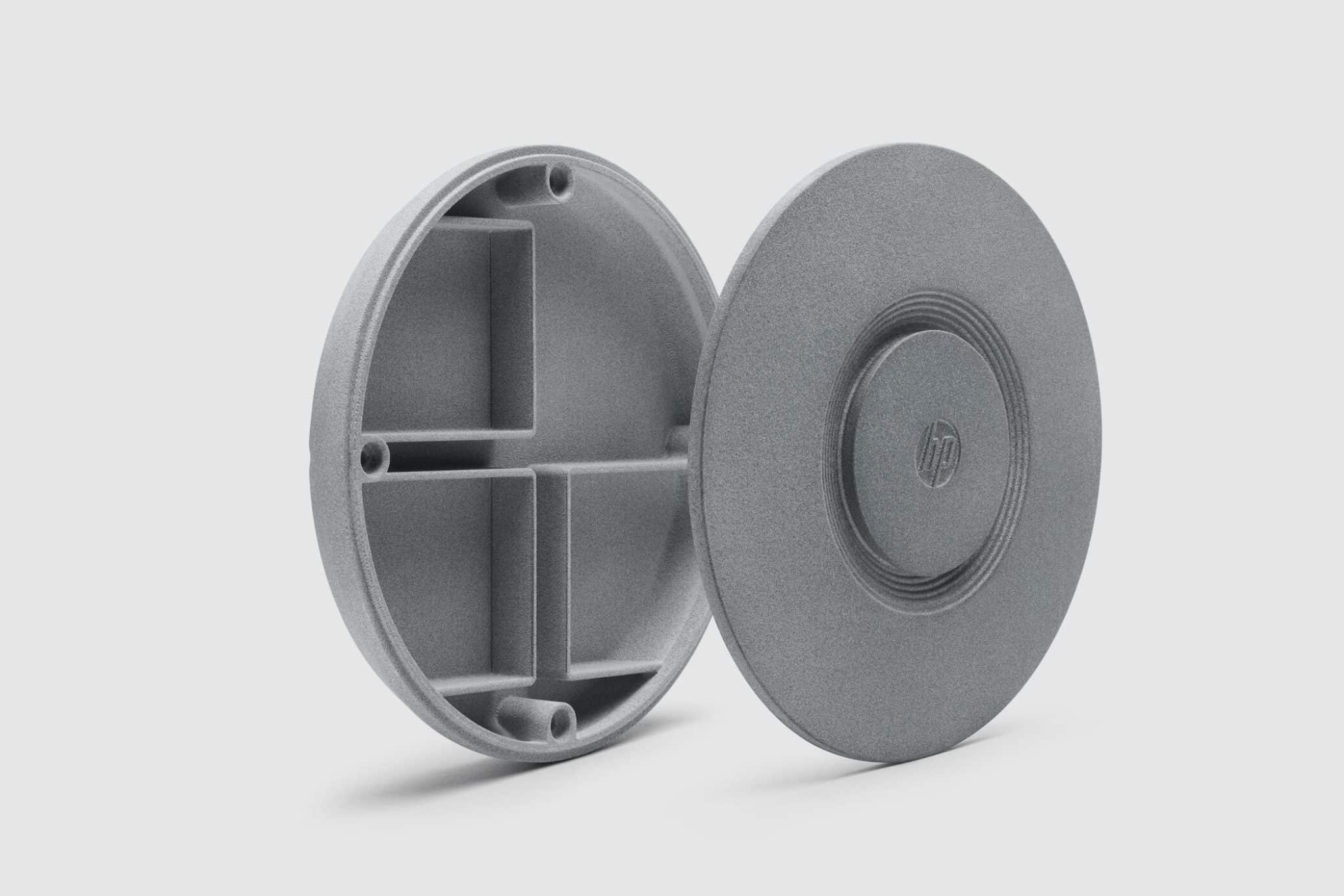Polyethylene Terephthalate Glycol (PETG)
Introduction to PETG for 3D Printing
Polyethylene Terephthalate Glycol (PETG) is a durable, semi-rigid thermoplastic offering excellent impact resistance, chemical resistance, and clarity. It bridges the gap between PLA and ABS, providing better toughness than PLA and better printability than ABS, making it ideal for enclosures, functional prototypes, and transparent components.
Fused Deposition Modeling (FDM) enables PETG to be printed with dimensional accuracy of ±0.2 mm, minimal warping, and smooth surface finishes—ideal for industrial applications requiring a balance of strength and ease of processing.
International Equivalent Grades of PETG
Standard | Grade Code | Equivalent Materials |
|---|---|---|
ASTM | D4603 | PETG |
ISO | 527/178 | PET-Glycol Modified |
Europe | EN 14372 | PETG Transparent Resin |
China | Q/PETG | GB/T 2828 |
Comprehensive Properties of PETG
Property Category | Property | Value |
|---|---|---|
Physical | Density | 1.27 g/cm³ |
Glass Transition Temperature | ~80°C | |
Heat Deflection Temperature | ~70–80°C | |
Mechanical | Tensile Strength | 45–55 MPa |
Flexural Modulus | 2,000–2,400 MPa | |
Elongation at Break | 20–30% | |
Impact Resistance (Notched) | 80–100 J/m | |
Other | Clarity | High |
Suitable 3D Printing Processes for PETG
Process | Typical Density Achieved | Surface Roughness (Ra) | Dimensional Accuracy | Application Highlights |
|---|---|---|---|---|
≥96% | 10–16 µm | ±0.2 mm | Excellent for strong, transparent parts in consumer products, electrical enclosures, and functional prototypes |
Selection Criteria for PETG 3D Printing Processes
Durability and Flexibility: PETG offers better ductility than PLA and maintains dimensional stability under stress—suitable for snap-fit or load-bearing features.
Warping and Shrinkage Resistance: Unlike ABS, PETG exhibits low warping, enabling open-environment printing without the need for a heated chamber.
Moisture Sensitivity: PETG is mildly hygroscopic; store in dry environments to avoid hydrolytic degradation and ensure smooth extrusion.
Post-Processing Compatibility: Supports trimming, machining, painting, and bonding, and delivers high-quality surface finish without excessive sanding.
Essential Post-Processing Methods for PETG 3D Printed Parts
Support Removal and Machining: Clean removal of support structures, followed by trimming and CNC finishing, ensures fit for functional assemblies.
Painting and Coating: PETG holds acrylic paint well, offering a clean aesthetic finish for consumer-facing and industrial products.
Polishing and Surface Treatment: Light polishing restores clarity for transparent parts or enhances the matte appearance of opaque models.
Adhesive Assembly: PETG bonds easily using cyanoacrylate or epoxy adhesives, useful for joining covers, clips, or modular structures.
Challenges and Solutions in PETG 3D Printing
Stringing and Oozing: PETG tends to string; fine-tune retraction settings and use lower print temperatures (~230°C) for cleaner results.
Moisture Absorption: Print with filament stored below 20% RH to maintain print consistency and prevent surface defects or brittleness.
Surface Adhesion to Bed: Use a PEI or glass bed with a temperature of 70–80°C to ensure first-layer adhesion and prevent curling.
Applications and Industry Case Studies
PETG is widely used in:
Consumer Products: Transparent cases, display windows, protective visors, and low-volume production housings.
Electronics: Cable guides, connector covers, and protective enclosures with light mechanical function.
Medical & Laboratory: Sterile packaging prototypes, protective guards, and structural transparent components.
Manufacturing: Jigs, templates, snap-fits, and temporary mechanical tools in low-heat environments.
Case Study: A client in the home appliance sector produced transparent PETG covers for prototypes. Parts were printed with ±0.2 mm accuracy, and polished for clear finish, enabling faster product validation without injection molds.
Frequently Asked Questions (FAQs)
What is the temperature resistance of PETG 3D printed parts for end-use applications?
How does PETG compare to PLA and ABS for mechanical durability and flexibility?
Can PETG be used in semi-transparent or clear 3D printed products?
What are the common post-processing techniques to improve PETG appearance?
Is PETG suitable for prototyping functional snap-fit components and light mechanical parts?



